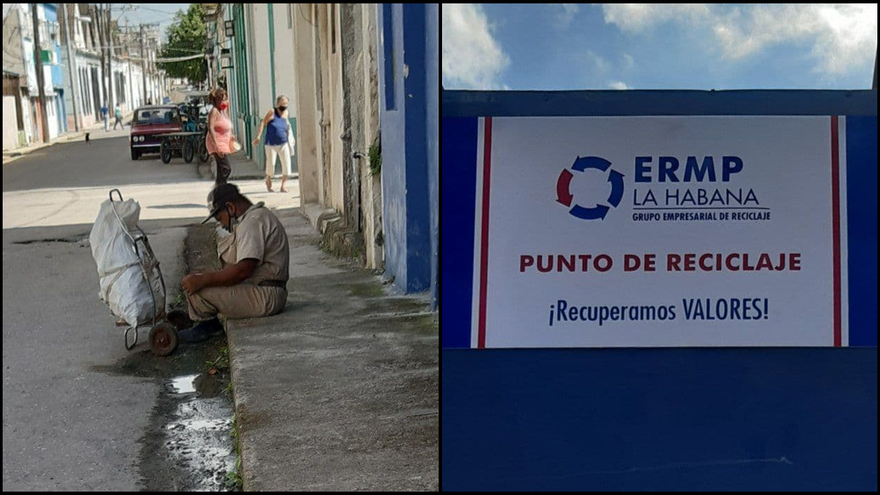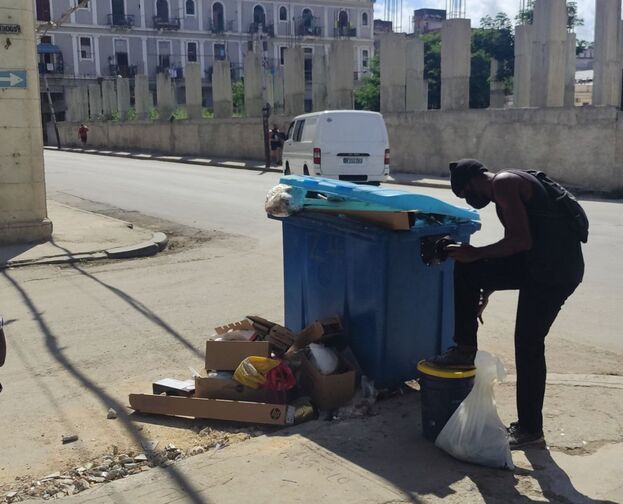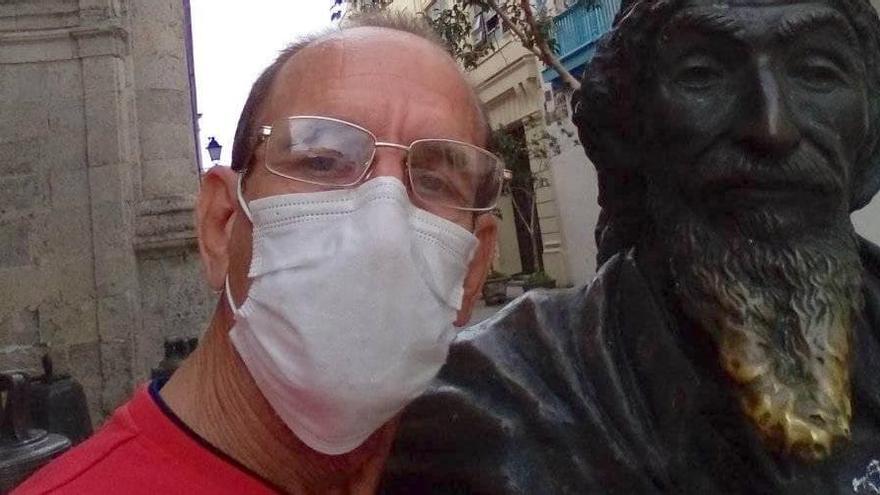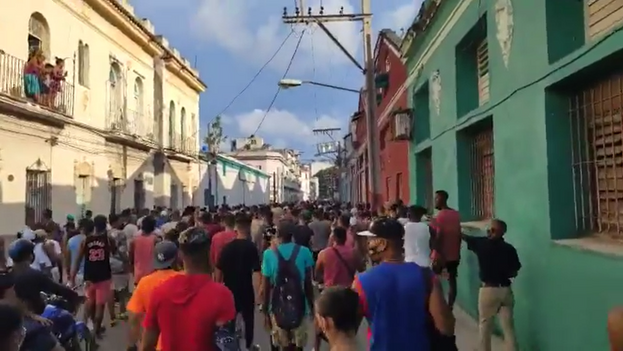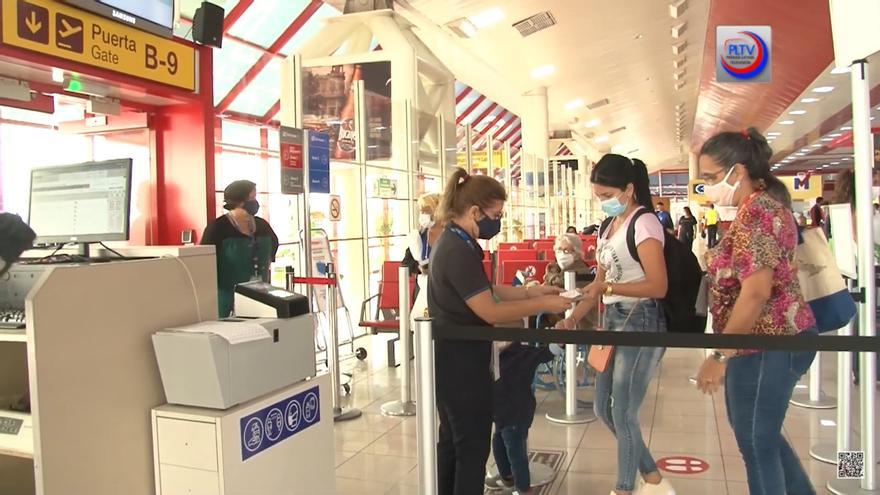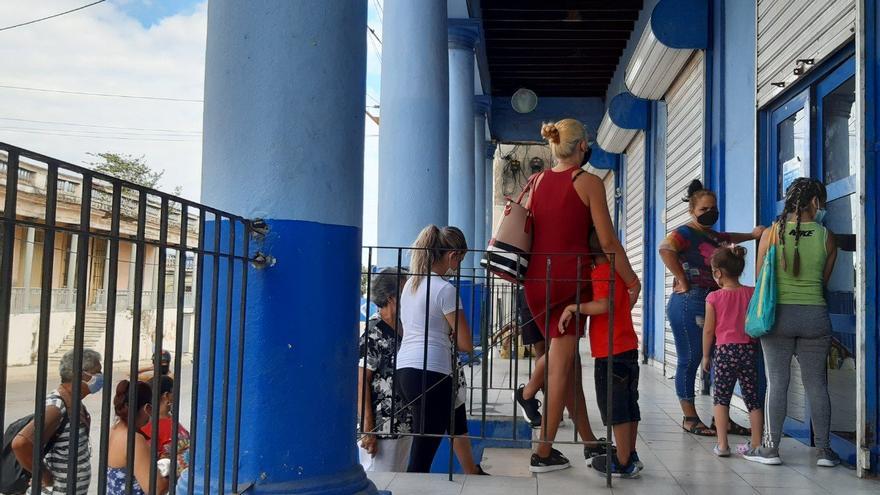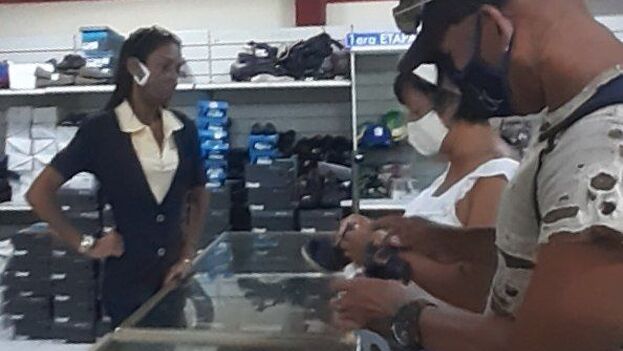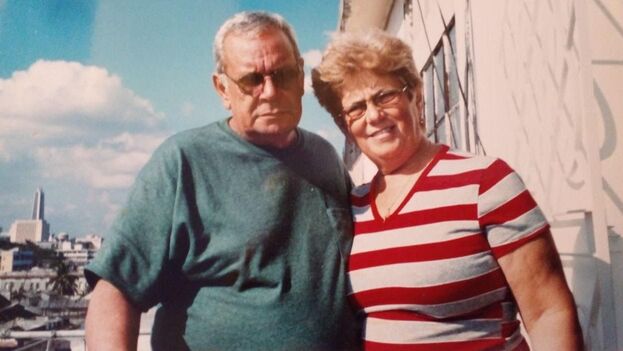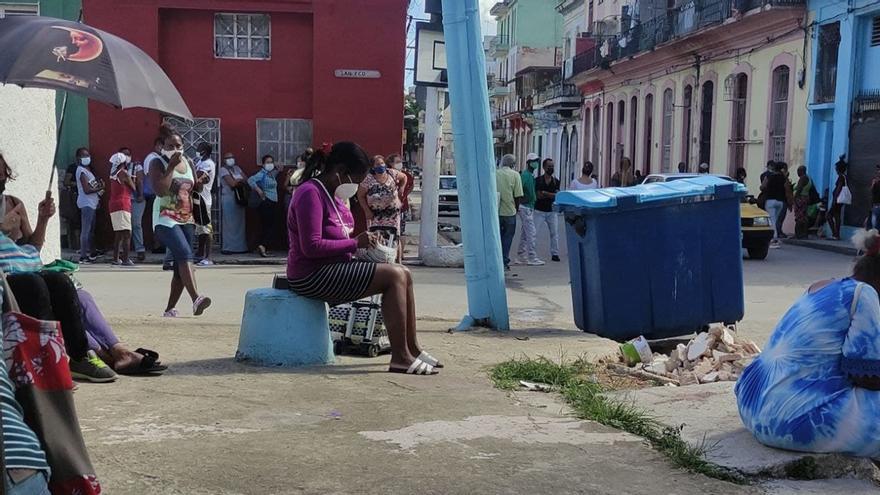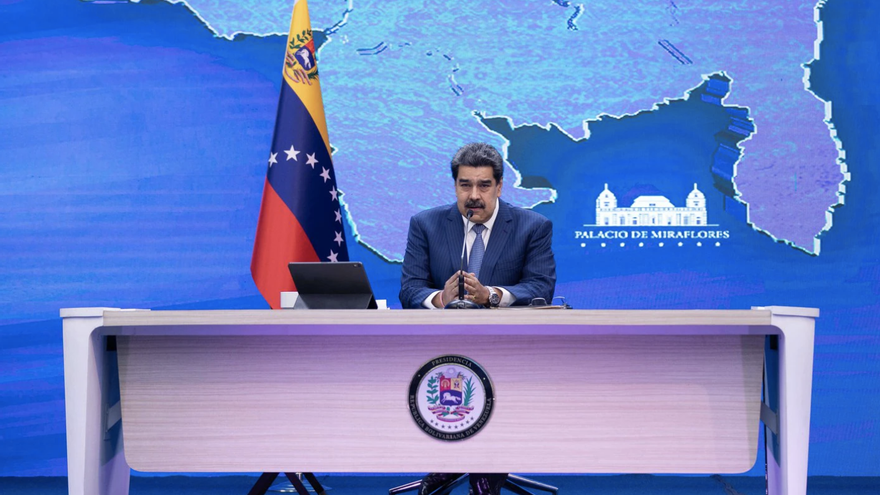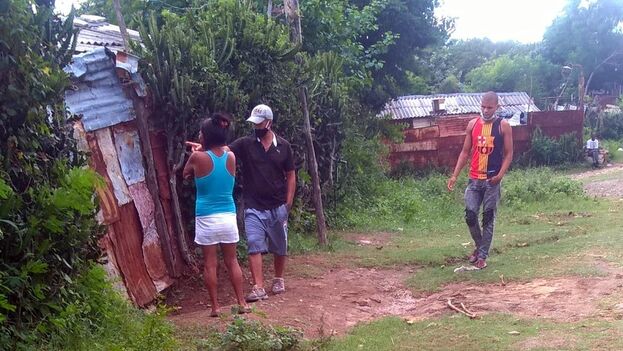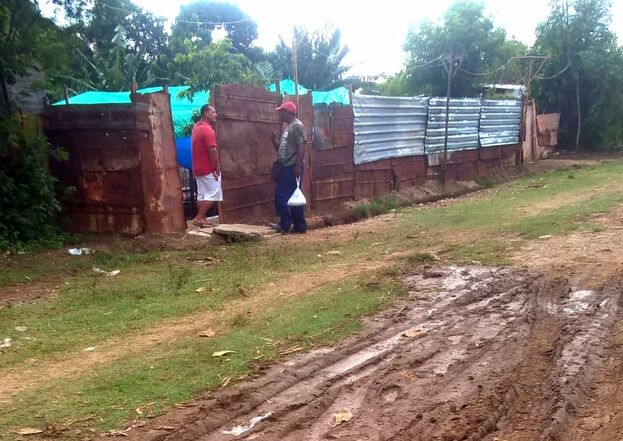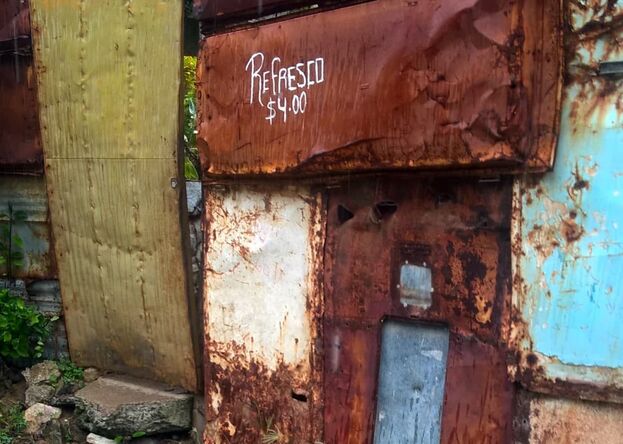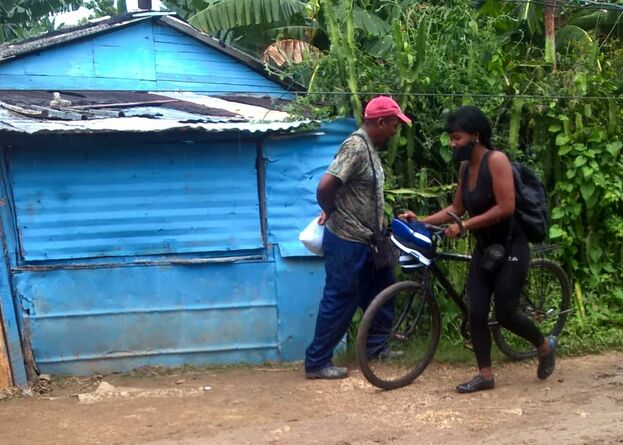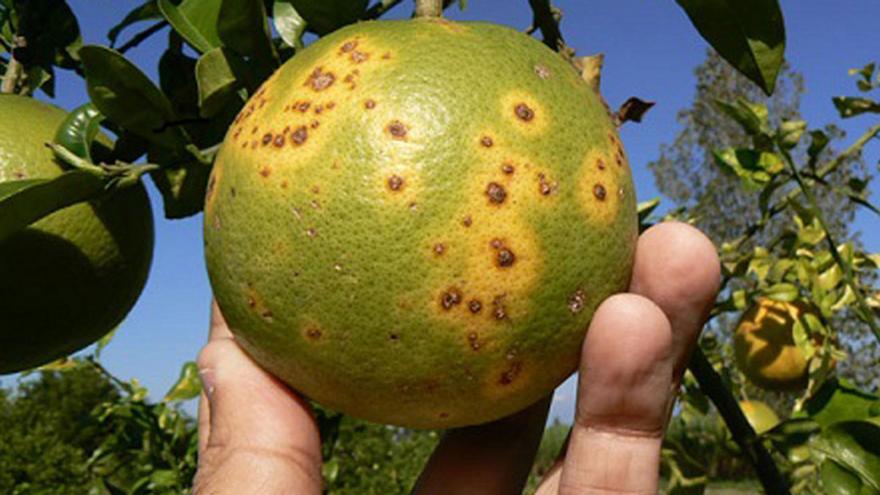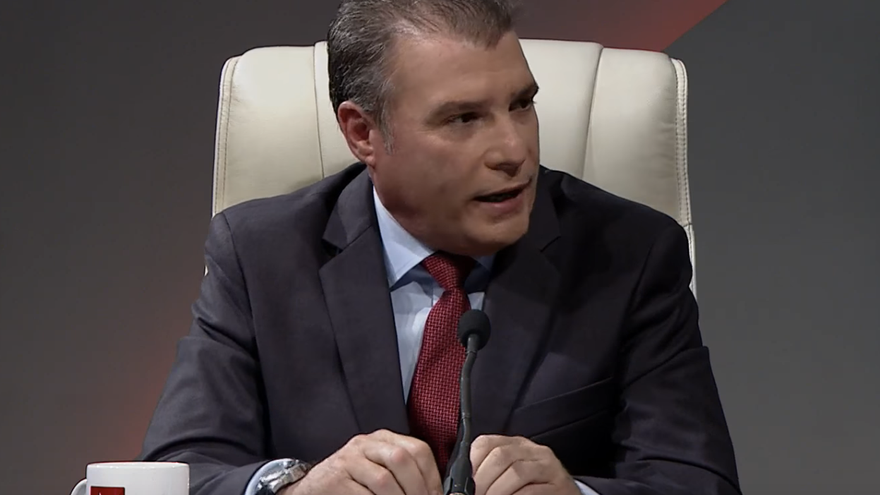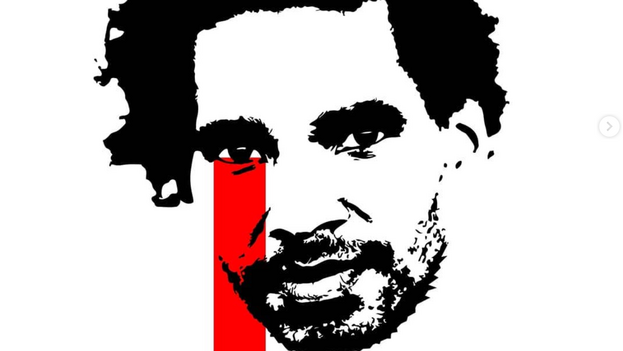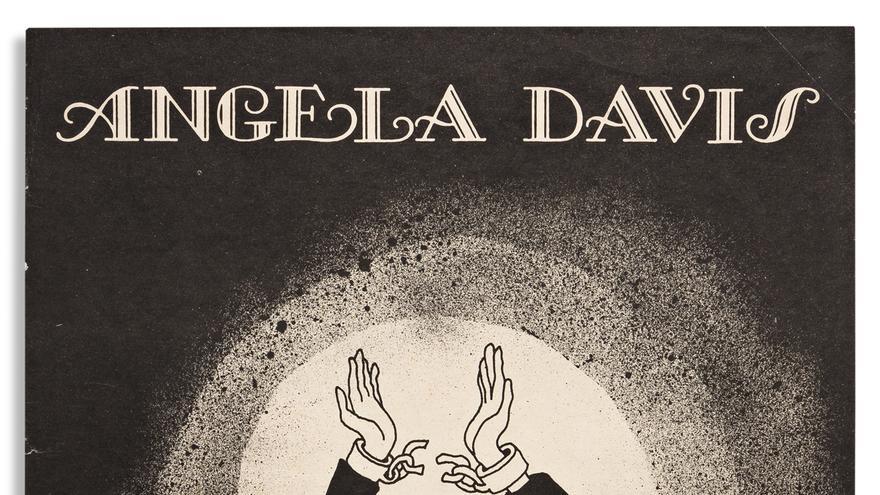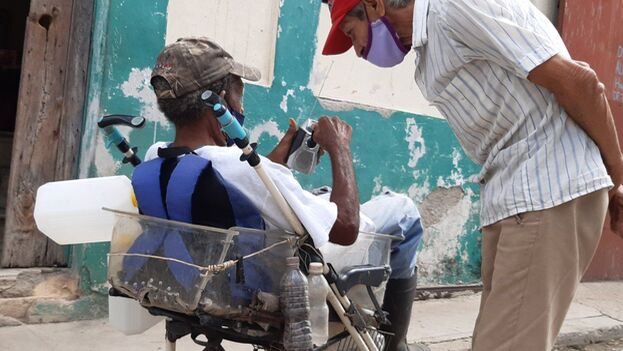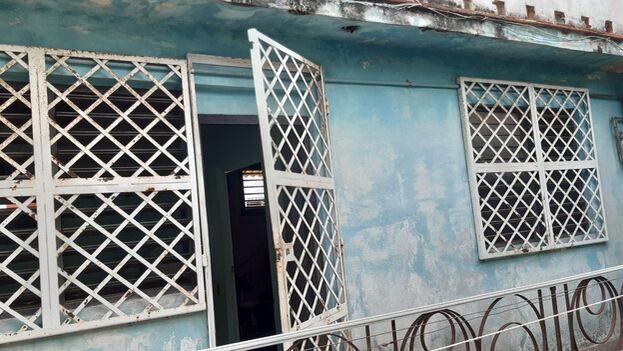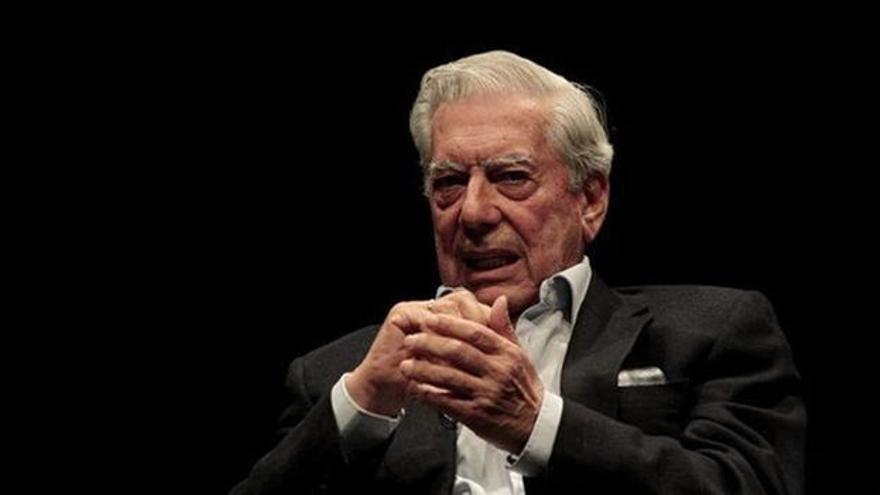
![]() 14ymedio, Havana, 9 November 2021 — Peruvian author and winner of the Nobel Prize in Literature, Mario Vargas Llosa, former presidents, world leaders, ministers, politicians, academics, and journalists from several countries have expressed, through a letter, their support for the peaceful protests organized by Archipiélago for November 15th in Cuba.
14ymedio, Havana, 9 November 2021 — Peruvian author and winner of the Nobel Prize in Literature, Mario Vargas Llosa, former presidents, world leaders, ministers, politicians, academics, and journalists from several countries have expressed, through a letter, their support for the peaceful protests organized by Archipiélago for November 15th in Cuba.
“We support and back the peaceful demonstration on November 15th convened by different sectors of civil society,” declared the signatories less than a week before the protest, which has been declared “illegal” by the Cuban Government.
They denounced that Cubans have spent “more than 60 years” suffering the effects of “the gigantic oppression of the longest dictatorship in the history of Latin America” and have thus been deprived of “the most basic human rights.” In addition to Vargas Llosa, notable among the signatories are former Presidents Luis Alberto Lacalle of Uruguay, Mauricio Macri of Argentina, and Lenin Moreno of Ecuador.
“Since 1952, Cubans have not participated in free elections and several generations have been persecuted for exercising journalism and freedom of expression, as well as all types of human rights activists,” they write.
In the text, they note that the people of the Island “raised a cry of freedom and democracy” on July 11th when they went out to the streets to protest and thus showed the international community “that Cubans are standing up in the struggle to conquer their rights and build a democracy.” continue reading
“It is the Cuban people who demand, in much the same way that José Martí did long ago, a Republic with everyone and for the good of everyone,” they added in their missive, dated November in Madrid, Spain, and also signed by Cuban Activist Rosa María Payá and Argentinian Agustín Antonetti.
They also stressed that in the name of defending “freedom and democracy in our region and the world” and protected by international law, the Inter-American Democratic Charter and the Universal Declaration of Human Rights, they manifest their “solidarity with the Cuban people in their struggle for freedom and democracy.”
They similarly expressed that Cubans “have the right to choose their future” and that their demands “are legitimate and necessary to build the rule of law.” In addition, they stated their support for the call to the release political prisoners and prisoners of conscience, “especially those arrested for peacefully protesting on July 11th.”
Adding their signatures, among others, were Cuban journalists Mario Pentón, Yoani Sánchez and Carlos Alberto Montaner as well as Idania Chirinos, of Venezuela and Argentinians Cristina Pérez and Eduardo Feinmann.
The letter was published Tuesday, when many of the activists and organizers of the event on 15N are being harassed by State Security, which is threatening them with jail time if they attend the march, while Yunior García, one of the most visible faces of the initiative, finds himself at home, incommunicado and under the surveillance of the authorities.
Translated by: Silvia Suárez
___________
COLLABORATE WITH OUR WORK: The 14ymedio team is committed to practicing serious journalism that reflects Cuba’s reality in all its depth. Thank you for joining us on this long journey. We invite you to continue supporting us by becoming a member of 14ymedio now. Together we can continue transforming journalism in Cuba.


